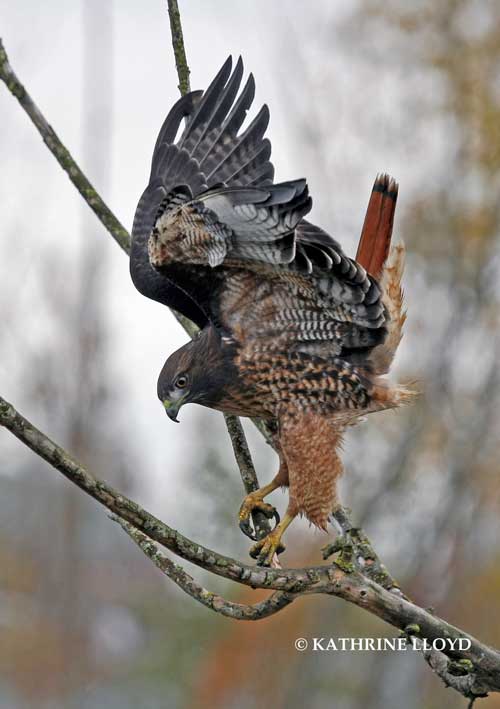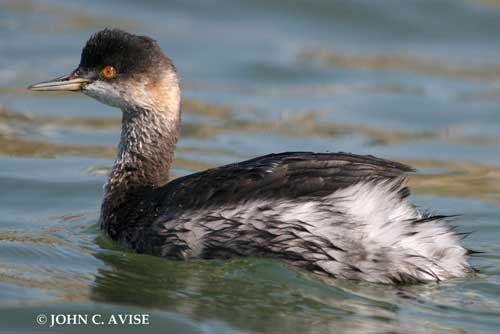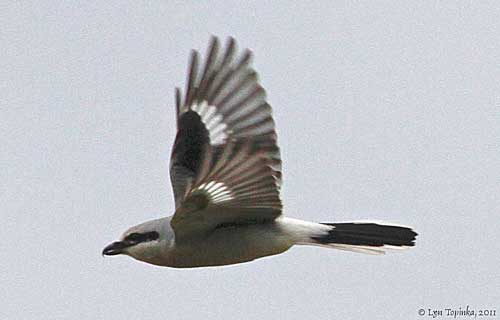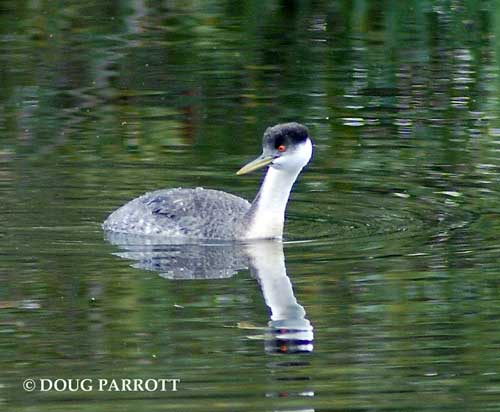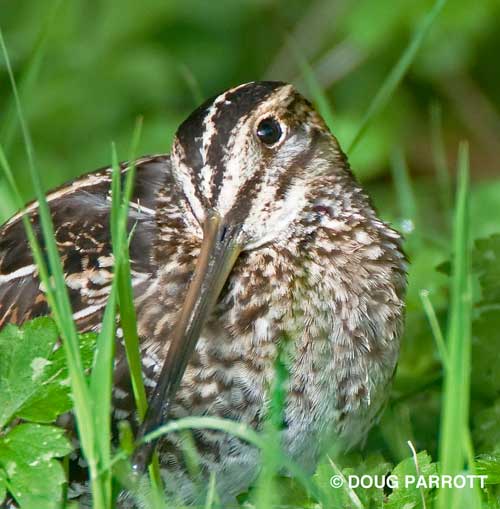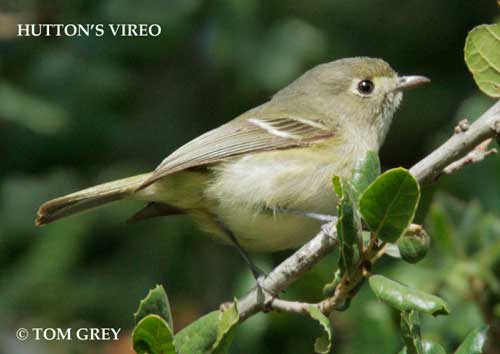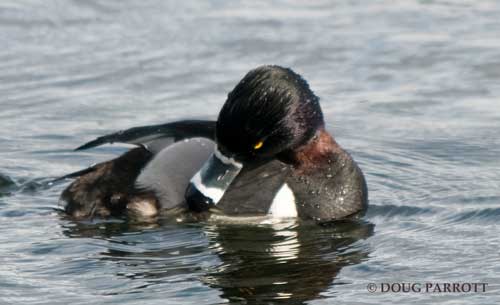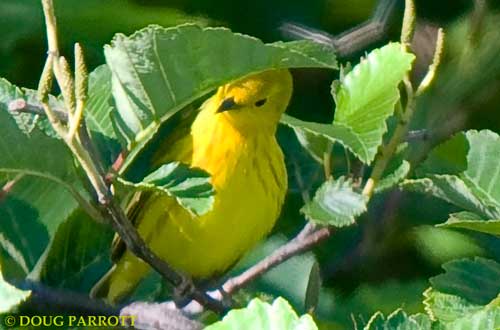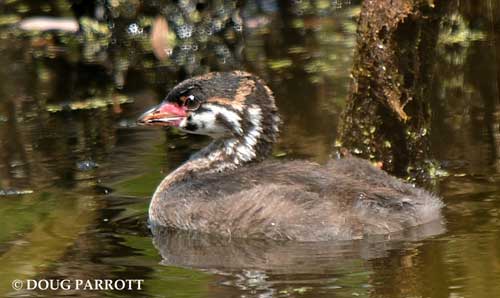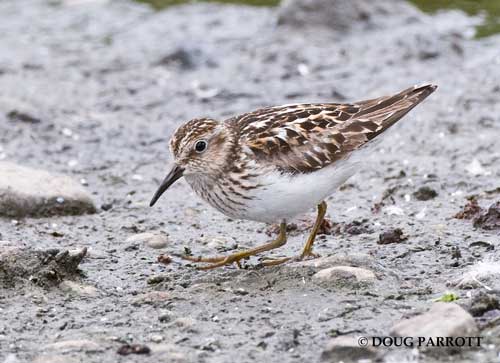John and I went to the Port of Seattle early yesterday morning to wave hello to my new book. For the past few days, we’ve been tracking the progress of “our” ship, the APL Iolite, as she made her way from our Hong Kong printer across the Pacific. It turns out there are several websites that track ships in real time. When John discovered this, it stimulated all his nerd molecules. So he spent a morning trying to estimate exactly when the Iolite would steam past Golden Gardens Park. We thought it would be fun to stand on the cliffs there and wave as our books went by.
On Monday morning, the ship was anchored in Elliott Bay, waiting to chug into dock and begin unloading. We sprang into the car and headed over the West Seattle Bridge to Alki, where we could get a good view. Unfortunately, the ship moved to dock as we were stuck in rush-hour traffic, so we just missed seeing her arrive. We did get there in time to wave at the crane operators as they unloaded one container after another, moving one every two minutes on average. We also waved at the truckers as they drove the containers to US Customs. They probably thought we were nuts, but we were having a blast.
The book, Second Nature: Tales from the Montlake Fill, is the culmination of all my best craftsmanship in writing and color printing both. It has 32 essays about the intersection of human nature and wild nature at the Montlake Fill, my favorite place on Earth; and it has nearly 90 photographs from some of the best bird photographers in the region. The photos are simply stunning, and I can only hope my readers will think the essays are worthy.
Books should be released by US Customs later this week. If you want one, you can order it directly from me ($23.95, plus tax and s/h), or you can buy a copy soon at Seattle Audubon’s Nature Shop, Flora & Fauna Bookstore, or University Bookstore.
I’ll be giving a series of book readings in December if you’d like to come hear me read and have me sign your book: Grays Harbor Audubon on Dec. 4; Kitsap Audubon on Dec. 8; Friends of Yesler Swamp at UW’s Center for Urban Horticulture on Dec. 11 (co-sponsored by UW Botanic Gardens); and Seattle Audubon at CUH (co-sponsored by UW Botanic Gardens) on Dec. 15.
Here is a sample of some of the spectacular photography:


